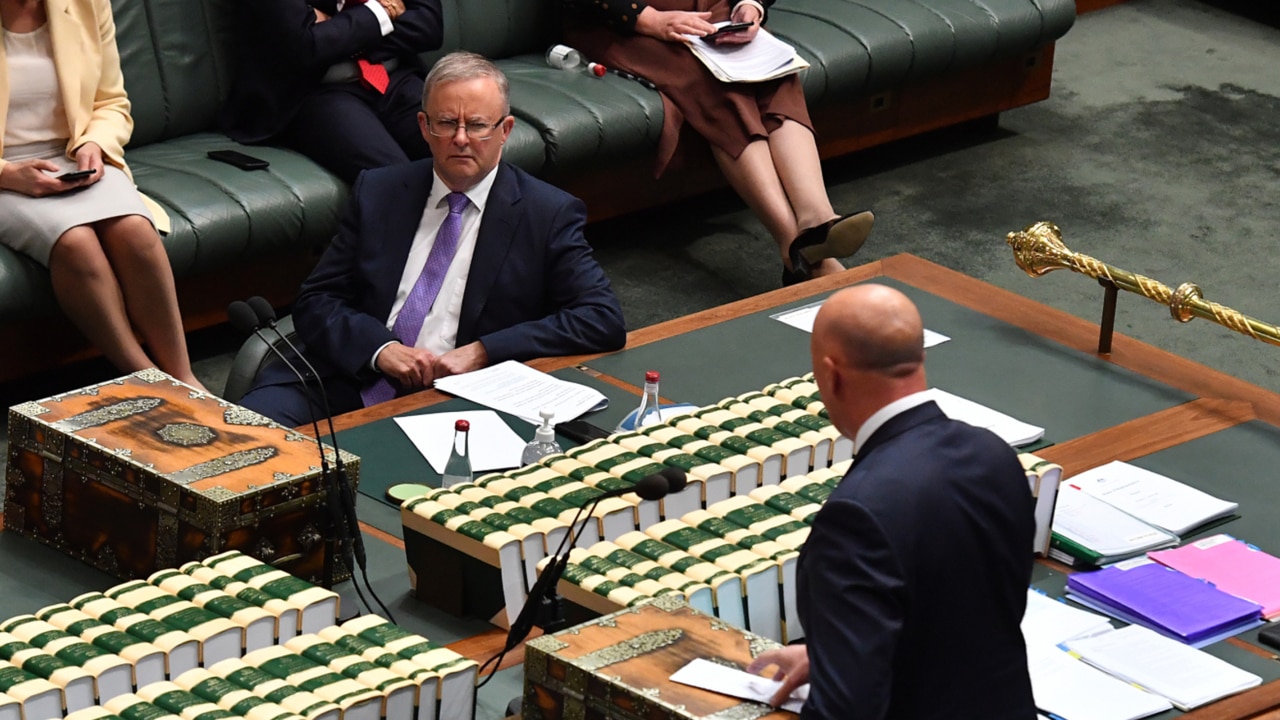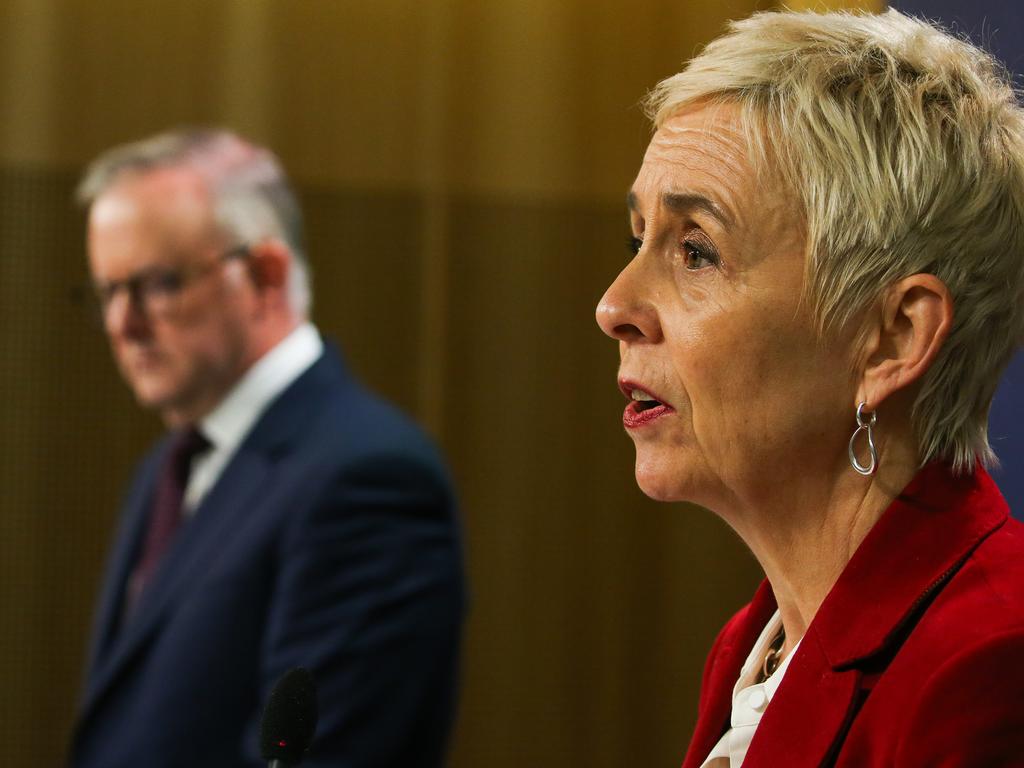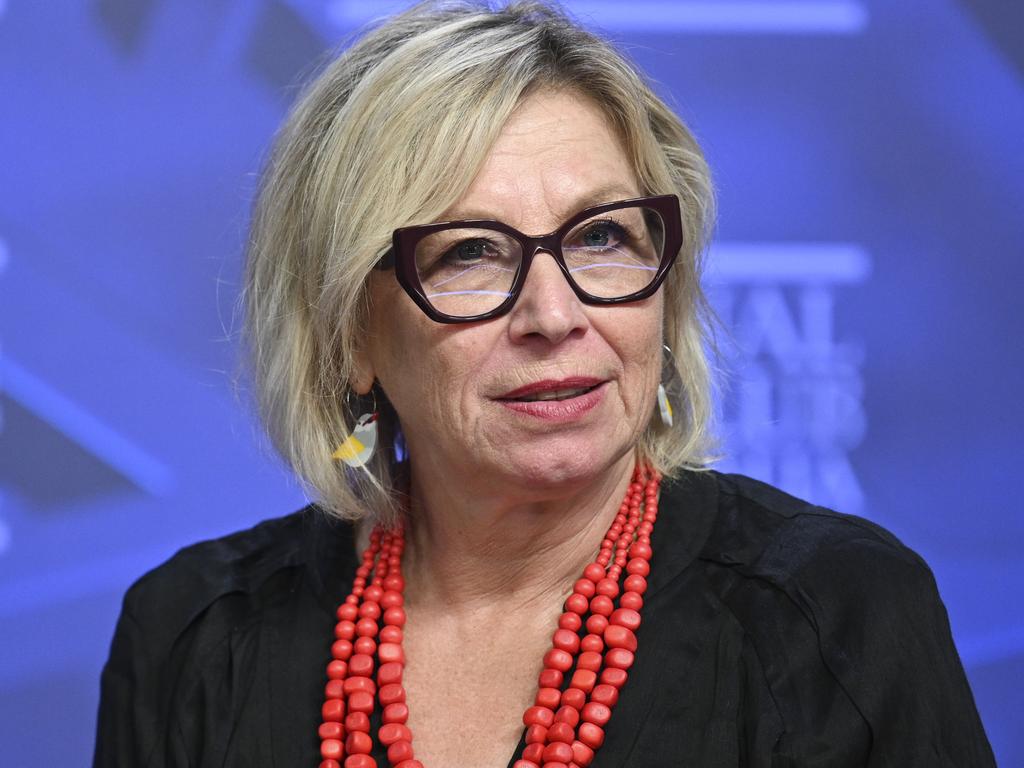Ideology distracts from real ‘national crisis’ of violence
Yes, there have been some high-profile cases of women murdered, and half of women murdered have been victims of intimate partner violence, but this is not a ‘national crisis’.
Sometimes the latter does seem to be the case when every single episode of violence by a male, including the terrible rampage at Bondi Junction by a poor deluded schizophrenic, is pounced upon by some commenters as a possible alarming incident of the hitherto unknown phenomenon “misogynistic terrorism”.
However, one thing is certain; we all must agree domestic violence is too serious a matter to be manipulated into an ideological cause, replete with ridiculous slogans and vague pseudo biology like “toxic masculinity”. Rather, it is a practical problem. Australia is already spending $1bn a year to fight a presumed “epidemic of male violence”, including advertising campaigns against DV, and apparently we have nothing to show for it. However, before politicians spend even more on believing all statistics about women and violence, they should think again.
This week that often heard statement that domestic violence is increasing seemed to be confirmed by the Institute of Criminology’s headline on the latest figures on murder rates. However, I have discovered in the course of writing for this publication for over 25 years that not many people, actually look at these reports and wade through the statistical evidence for some of their opinions. They would rather just read the media release, sometimes not even the whole thing. So, what is the reality of the numbers of domestic violence? Are they going up? Having waded through the graphs and statistics, I found the facts are rather different from the generalities.
The most extraordinary statistic is the fact that murder of females is overall in steep decline. Although in 2022-23 there was a very slight increase in numbers of women murdered there is a precipitous downward trend in the actual numbers of females being murdered by intimate partners:
“The female intimate partner homicide rate in 2022-23 was 0.32 per 100,000 female population aged 18 years and over. This is an increase from the rate of 0.25 per 100,000 recorded in the previous year but the second-lowest rate recorded since 1989-90. The female intimate partner homicide rate decreased overall by two-thirds (66 per cent) in the 34-year period between 1989-90 and 2022-23.”
In other words, this very small increase in female murder rates over the past year has not yet become evidence of a serious rise in domestic violence. This year there have been some very high-profile cases of women murdered, and just over half of women murdered have been victims of intimate partner violence, but this is certainly not a “national crisis”. However, despite the emphasis on female murder and domestic violence, the overall level of violence ending in murder is much higher in males; 69 per cent of all murder victims were males, and male-on-male violence is much more prevalent than male-on-female violence. But if we are fixated on a feminist interpretation of domestic violence we won’t look hard enough for the real problem. We need to look at some specific pointers to this problem, like the overall murder rate, which points to a general level of violence fuelled by the perennial pathologies – drugs, alcohol and of course pornography – which, of course, also fuel domestic violence.

We also need to look at geography. The Northern Territory recorded the highest rate of murder at 4.75 per 100,000 people, followed by Western Australia. Among Indigenous Australians it is higher than the general non-Indigenous population. The majority of Indigenous homicide victims in 2022-23 were male (71 per cent), but 29 per cent were female. The murder rate for Indigenous males was 7.65 per 100,000, an increase from 6.25 per 100,000 in 2021-22. The rate for females also slightly increased to 3.07 per 100,000 in 2022-23. But the most heartbreaking statistic was this: almost a fifth (18 per cent) of Indigenous homicide victims in 2022–23 were children under 18, an increase in the proportion of Indigenous child victims of homicide recorded in 2021-22 (12 per cent). Generally, alcoholism is in decline, but not in Aboriginal communities.
There is only so much a government can do about DV, and it shouldn’t be promising to fix it in a generation. However, violence in Aboriginal communities is the one specific area the government should be targeting to protect women and children along with the rest of the population. If the pathologies fuelling general violence decline, so will DV. They should be enforcing alcohol and drug bans, spend on policing and providing shelters, and concentrate spending where it is most needed and will have the most effect. But to do this we have to stop looking at the problem of domestic violence through the predictably trite “feminist” trope, lest we fear being accused of the equally trite and predictable “racist” trope.








How many readers are sick and tired of hearing there is an “epidemic of domestic violence” in Australia? I know I am. The government is so worried about it that it has had a special cabinet meeting: “This is a national crisis,” it claims, anxious to, in that well- worn phrase, “combat this scourge”, or thinking up more ways to waste money. However, in the midst of all the hysteria, what does the average Joe know about the real story? Are we being fed a story that has a basis in facts about which the government can and should act? Or are we being bombarded by exaggerated commentary from feminist interest groups into an ideologically motivated moral panic?